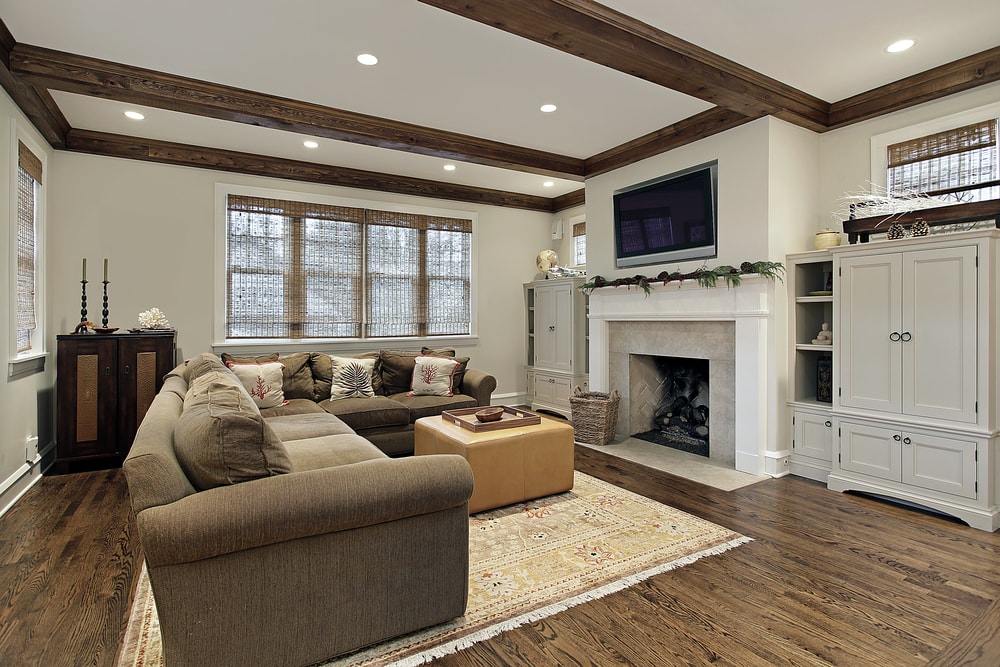
Why You Should Use Monochromatic Colors in Your Home
October 13, 2020
How Long Will My Interior Repainting Take?
November 10, 2020Painting a concrete floor can seem like a vast undertaking. For one thing, most of us tend to associate painting with walls and canvases, and concrete is a different surface altogether. You’ll have to work harder to make sure that you have the right paint and that it sticks to the surface without becoming sticky – and all of that’s before you even start taking aesthetic considerations into account.
Thankfully, with a few tips and tricks, you can breeze through painting your concrete floor with the best of them.
Wash the Floor
First thing’s first – you need to make sure that the floor is clean. You never want dirt beneath the surface to show through on a paint job, and that’s especially true when it comes to something as potentially difficult to clean after the fact as concrete. What’s more, the floor is likely to be dirty from people having stepped all over it anyway, so washing it is a good way to get it ready for the stages to come.
Fill Any Cracks and Crevices
Next, you’ll want to make sure that there are no cracks or crevices that may cause your painting to become or show up as uneven. This means filling in any holes or cracks with concrete, caulk, or other materials that are typically used for this purpose.
This may also be a good time to make sure that the surface is smooth enough to apply the paint. You may want to consider going over the surface with some sanding and smoothing tools.
Prepare the Primer
Now that you’ve done all of that prep work, it’s finally time to start applying the things that are going to be responsible for your paint showing up well, and that begins with primer. This is necessary to make sure the surface is nice and slick when you apply the paint, as that makes it much easier to achieve the smooth brush strokes you need.
Floor epoxy can also be an important addition at this stage to help make sure the surface is hard and smooth enough.
Apply Paint
Now it’s finally time to start painting your concrete floor. Rollers can be useful for painting large swaths of the concrete in smooth, even strokes, while brushes can be used for any little details you might wish to use. Above all, make sure that you apply the paint evenly. You don’t want to have the paint be thicker on one side than another, as this will not only show up visually but could also cause one side of your concrete floor to gain a different texture than the other.
Apply Sealant
Finally, it’s time to seal the deal with some sealant. This is necessary for making sure the paint stays in place while adding yet another layer of protective coating and smoothing finishing.
When taken together, these steps break down painting concrete surfaces in such a way as to make them easy enough for anyone to undertake. No matter what your aesthetic tastes, a painted concrete floor can add new visual intrigue into a space. What’s more, if you have an industrial space, painted floors can be essential for making sure workers and machinery are operating in the proper areas.

Jeff Sommers is a vibrant and experienced professional, having been at the helm of ESP Painting, Inc. for 27 remarkable years. As President, he has become an esteemed leader in the Commercial & Residential Construction industry in Oregon, United States. His experience has seen him gain valuable insight and knowledge, making him an invaluable asset to ESP Painting and its customers. With a bubbly personality and upbeat attitude, Jeff always looks ahead to the future as he continues his leadership journey toward success.





